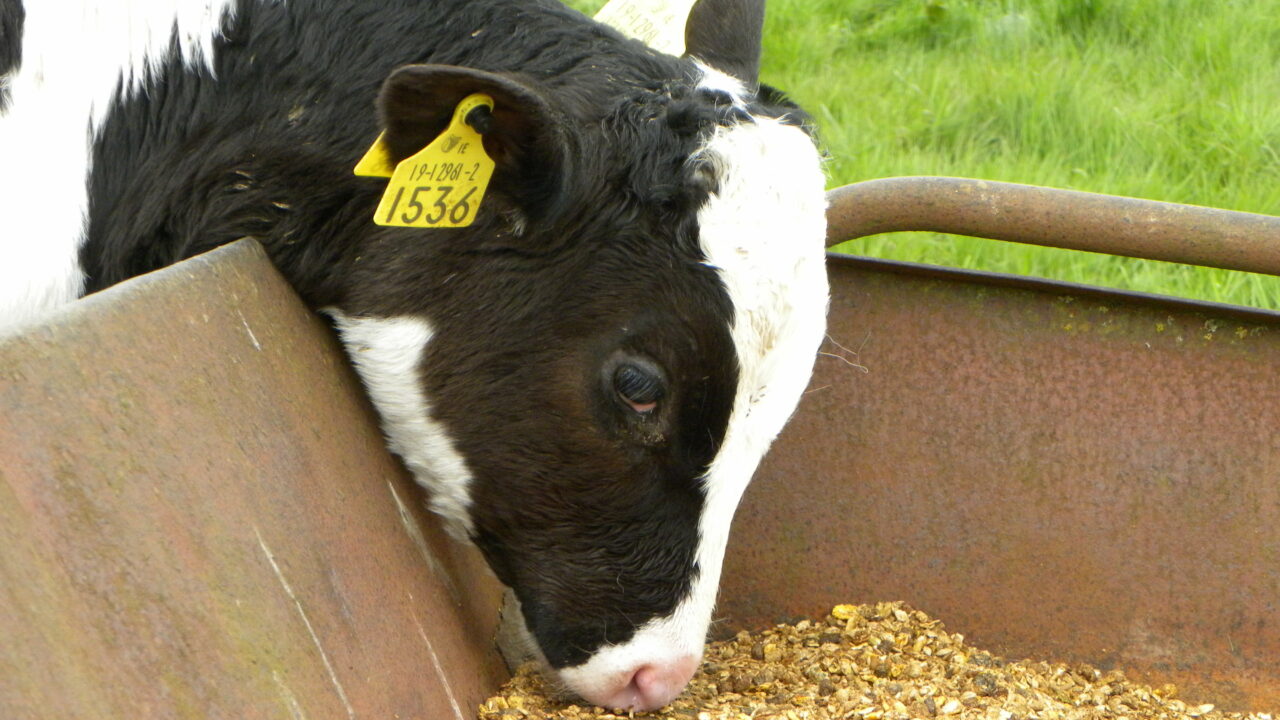A number of Northern Irish farmers have been enquiring about the best way to rear BVD persistently infected (PI) calves despite warnings that 80% eventually become so ill they die.
Ulster Farmers’ Union policy advisor Dr. Geoff Thompson said: “The problem is they look like healthy animals until suddenly it’s very clear that they’re not well at all.”
It’s estimated BVD PI cattle are still kept on around 800 Northern Ireland farms. After May 1, the animals will no longer be able to enter an abattoir and already they cannot be sold in a mart.
BVD compensation closed on September 30, 2017.
The measures are in a push to eradicate the disease in Northern Ireland.
The risks
Keeping BVD PI animals puts neighbouring cattle at risk of the disease – yet some farmers still try to rear calves which have tested positive.
Thompson explained: “They don’t show symptoms at a young age, but as they get older they start to scour and lose thrive.
“The animal’s immune system is also compromised – exposing them to lots of other diseases, milk production is down and they are harder to get in calf.
Effectively 80% of them never make it to productive age – you couldn’t rear 10 animals and only finish two – it’s not profitable.
“Two-thirds of farmers get rid of PI cattle voluntarily – it’s just the last third that seems to need some kind of extra incentive – but getting rid of these animals is in the greater good.”
Drive for eradication
Companies such as fallen stock firms Linergy and Foyle Proteins have also got behind the push for eradication.
Both firms are offering farmers up to 33% of a discount to dispose of PI animals before May 1.
In 2017, £103,800 (€116,369) was paid in compensation for BVD-positive animals in Northern Ireland.
After May 1, the only option for BVD PI animals will be home slaughter. All high-risk material such as brains and spinal cords will still have to be disposed of, according to legal TSE requirements.

